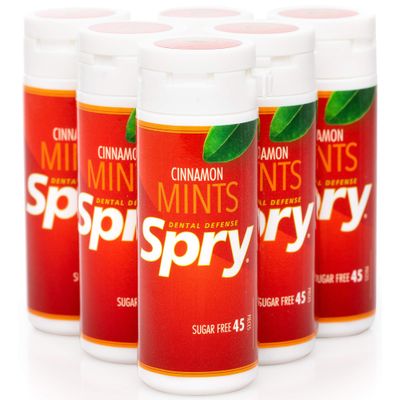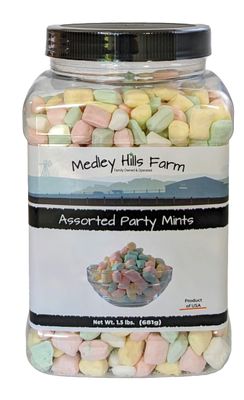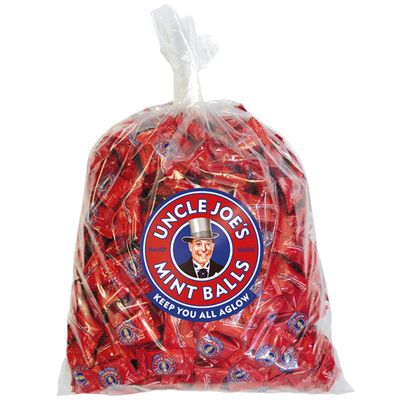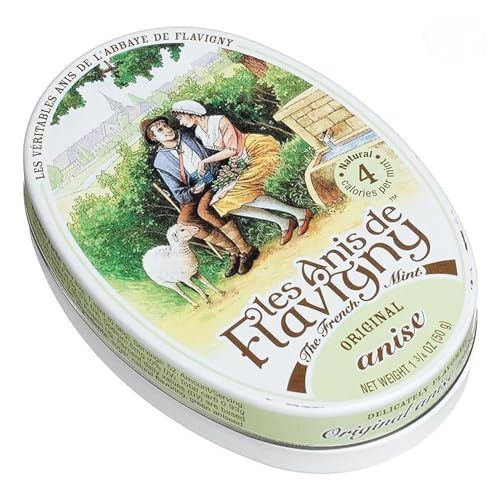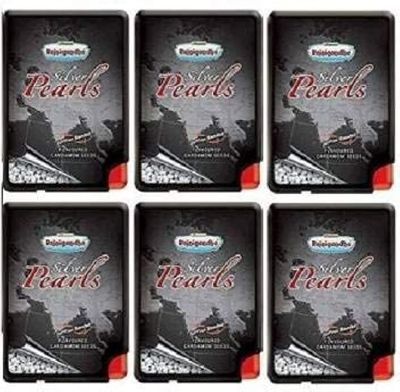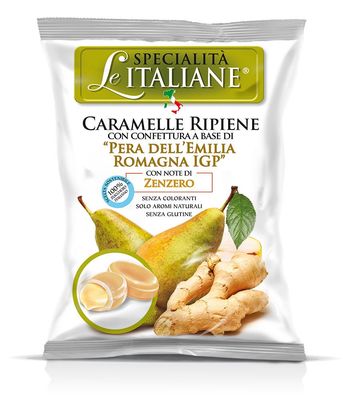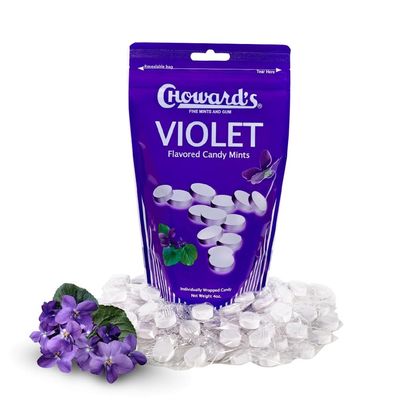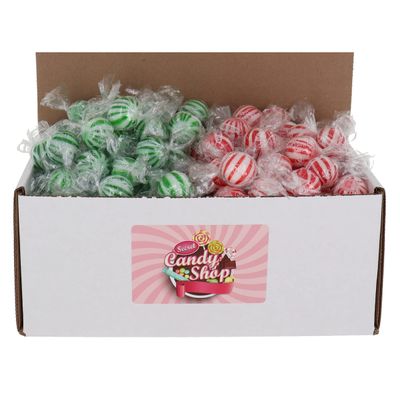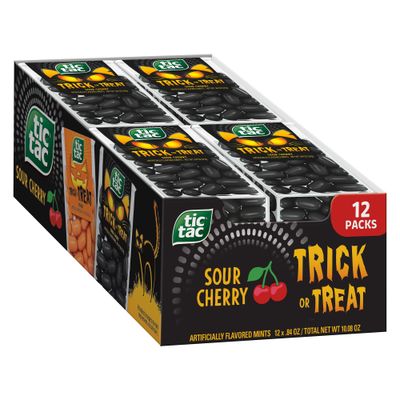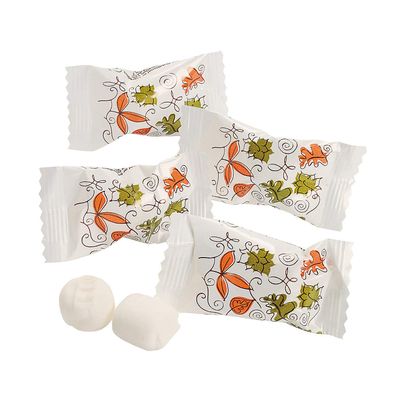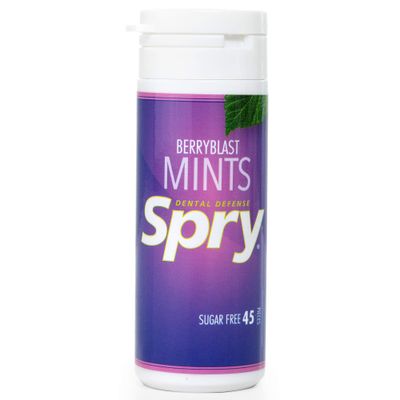Les Anis de Flavigny Original Anis Hard Candy 1.75-ounce (50g) Tins (Pack of 2)
Description
An aniseed Our candies are made with Anise. This plant, Pimpinella anisum, is not to be confused with fennel (a vegetable) or with star anise (Chinese anise, the fruit of an exotic tree). The Anise we use is an umbelliferous plant and its small oval fruits, striated longitudinally, have a warm, spicy flavor and a remarkably aromatic scent. We select our aniseeds in August, after they are harvested in Spain, Tunisia, Turkey, Syria, etc. ... sugar Then we place the seeds in large pans and pour sugar syrup (water and sugar) over them. The seeds roll over one another and gradually become covered in fine successive layers of syrup, kind of like snowballs tumbling down a snowy hill. This rotation in pans also makes the candies become smooth, like stones that are rolled on the beach by the incessant waves of the sea. The process involves delicate, patient work; the candy-maker needs 15 days to transform the small seed that weighs barely two milligrams into a one-gram candy. We have used white sugar since sugar beet was discovered by Olivier de Serres in 1575. Before that, we used cane sugar (slightly grey-reddish-brown). Darius, back from an expedition in the Indies (510 B.C.) called sugar cane the reed that produces honey without the help of bees!. We still make Anis candies with unrefined cane sugar, in an Ecocert-certified organic collection.
Features
- Our candies are made with Anise. This plant, Pimpinella anisum, is not to be confused with fennel (a vegetable) or with star anise (Chinese anise, the fruit of an exotic tree)
- The Anise we use is an umbelliferous plant and its small oval fruits, striated longitudinally, have a warm, spicy flavor and a remarkably aromatic scent. We select our aniseeds in August, after they are harvested in Spain, Tunisia, Turkey, Syria, etc
- Les Anis de Flavigny come in ten different natural flavors: anise, of course, but also blackcurrant, lemon, orange blossom, ginger, tangerine, mint, liquorice, rose and violet
- Ingredients: sugar, natural flavoring, green aniseed
- Les Anis de Flavigny candies have been produced since the 9th century and are presented in keepsake tins, decorated with beautiful old-fashioned pictures. Imported from France
